Top 10 Most Beautiful Historical Sites in Devon
Devon is a large county in the South West of England. This place not only has beautiful, majestic nature, and hospitable people but also historical sites that ... read more...make Devon's name. Let's explore with Toplist the most beautiful historical sites in Devon!
-
The first position on the list of the most beautiful historical sites in Devon is Castle Drogo. Julius Drewe, a businessman, retailer, and entrepreneur, built Castle Drogo to to resemble a powerful medieval fortification. Drewe wanted to have his family house built with the style and opulence of a medieval lord because he had gained his fortune through the Home and Colonial Stores retail network at a young age.
Due to delays caused by World War One and the Great Depression, the building of the castle, which was designed by renowned architect Sir Edwin Lutyens, started in 1911 and was finished by 1930. Drewe picked the location of the castle on what he thought to be the territory of his late-medieval ancestor, Drogo de Teigen, after whom the castle is named.
Today, Castle Drogo is still run by the National Trust and is accessible to the public. Visitors can tour the castle's restored layout and newly displayed historical artifacts in its picturesque location above the Teign Gorge. Both the castle's architectural and interior characteristics, which combine elements of 20th-century modernity with medieval and Tudor-era design, make for an interesting visit. The surrounding landscape may be enjoyed from a viewing tower that can be climbed, and the property's vast grounds and gardens are home to a variety of lovely flowers and plants.
Location: Drewsteignton, Devon
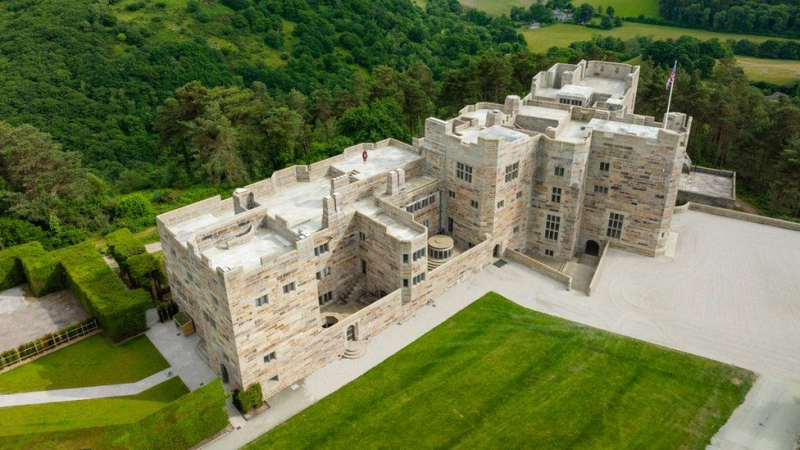
Photo: bbc.com 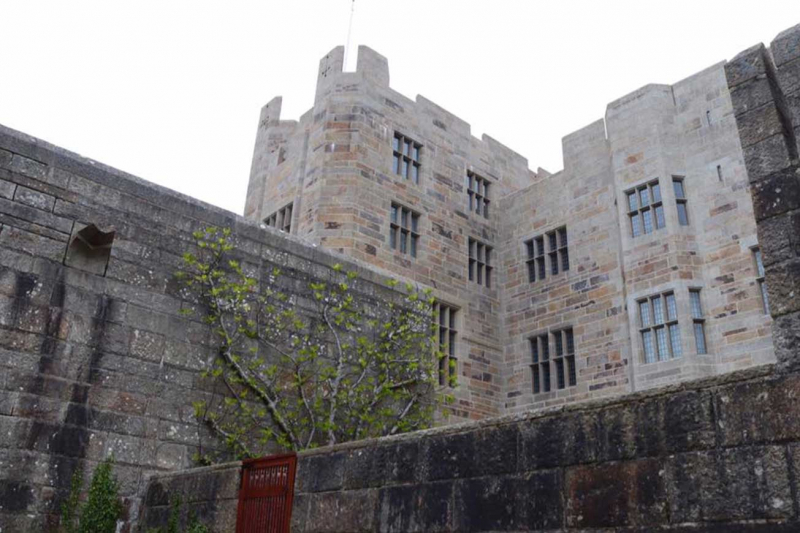
Photo: visitdartmoor.co.uk -
With its abundance of ancient artifacts, Drizzlecombe was undoubtedly a hub of activity throughout the Bronze Age. The area, which is located on a land spur between the Drizzle Combe stream and the River Plym, has five enclosed settlement sites, including huts, cairns, and a cist, but it is the three main stone rows, each of which has associated barrow and terminal menhir, that currently dominate the landscape.
With their terminal stones at the southern end and a cairn designating their northern bounds, all three rows are nearly uphill and stretch from southwest to northeast. Due to its thin shape, the highest menhir, known as the "Bone Stone," lies on the eastern row. Given that it was rebuilt in 1893, this must have fallen at some stage.
The massive rubble pile known as Giant's Basin, which has a circumference of 22 meters and is around 3 meters tall, is nearby. Due to the stone rows' small misalignment with the surrounding stones, it appears to be either a foundation monument or a later addition. As seen by the huge crater that extends into its center and has about a meter taken from its height, The Giant's Basin was obviously a desirable target for early excavators. If anything of note was discovered, it is unknown.
Location: Sheepstor, Dartmoor, Devon
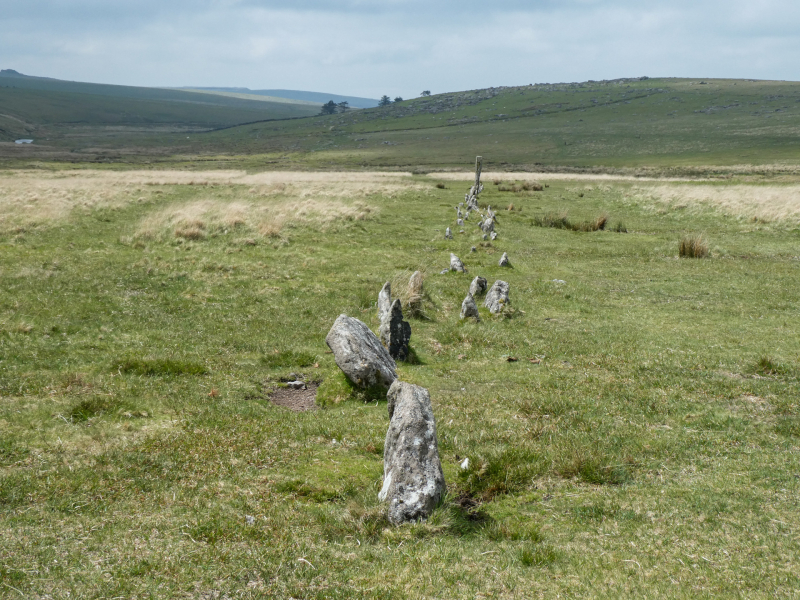
Photo: dartmoorwalker.co.uk 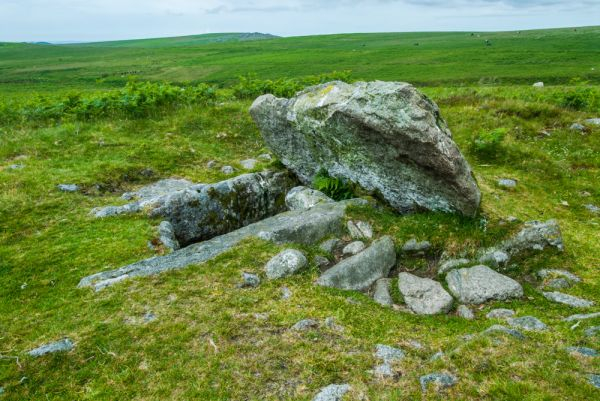
Photo: britainexpress.com -
The Tarr Steps is a clapper bridge that spans the River Barle in Somerset, England's Exmoor National Park. They are situated in a national park 6 kilometers (km) north of Dulverton and 4 kilometers (km) south of Withypool. The bridge's listing rates its construction as a conventional clapper bridge and dates it to the Middle Ages. Each of the stone slabs could weigh up to two tons. The 55 m-long bridge has 17 spans. It is a grade I listed building and scheduled monument, according to English Heritage.
Stacks of stones are covered with large slabs to create a "clapper bridge". There is no need for cement, mortar, or further design work. Long before they were aware of the use of stone arches or cementing techniques, people were able to construct bridges over fords and shallow streams using this approach.
Despite a few instances of damage throughout the years, the bridge has always been successfully repaired. Heavy debris has been swept down the river by storms with a lot of rain. The large slabs were eventually moved by this, washing them downstream.
The middle section washed away during the winter of 1941–1942 due to floods. The bridge was completely reconstructed by the Somerset Archaeological and Natural History Society and the Royal Engineers in 1952, and the restoration appears to be accurate. In 2012, 2016, and again in 2017, further harm was done. In order to lessen the amount of debris that reaches the bridge, steel cables have been placed upriver.Location: Exmoor National Park, Somerset
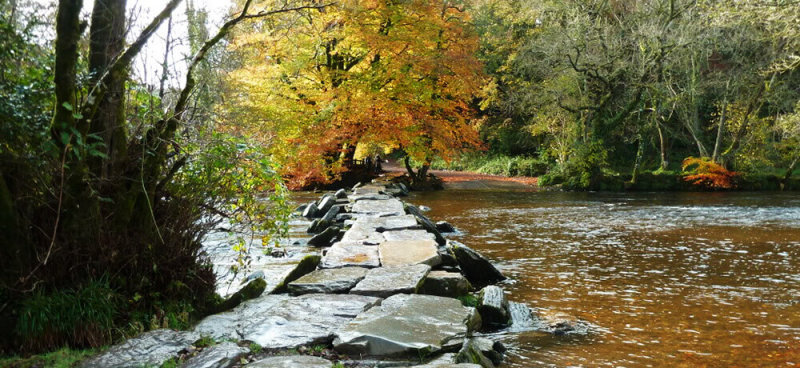
Photo: thebestofexmoor.co.uk 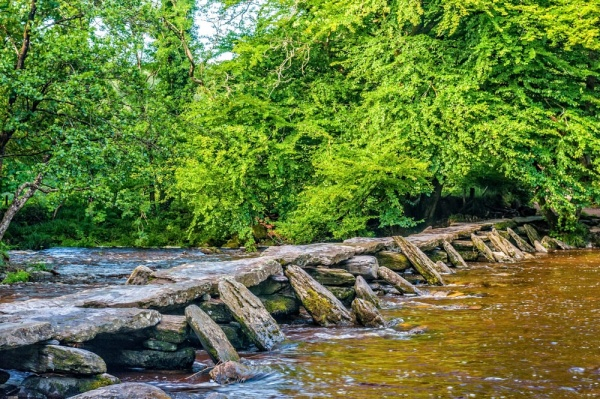
Photo: britainexpress.org -
A functioning Benedictine monastery with Buckfast Abbey is located in Devon, England, next to Buckfastleigh. In 1018, Buckfast first hosted an abbey. The current monastery was built in 1134 on the site of the original Benedictine abbey. It was preceded by a Savignac (later Cistercian) abbey. In 1539, the monastery was turned up for dissolution; the monastic structures were stripped of their contents and left in ruins before being eventually destroyed. A Gothic manor house was afterward built on the site of the former abbey, which had once been used as a quarry.
There is a restaurant and a space for conferences and seminars (the Grange). Two gardens with a variety of plants, from dangerous ones to culinary and medicinal herbs, can be found on the west side of the abbey. The monks' private garden is located behind the common area. The river is crossed by a bridge to go to the abbey farm. The Abbey has a farm where vegetables are cultivated, bees, pigs, and cattle are kept, a shop where wine, honey, beeswax, fudge, and other things manufactured by monastic groups across the world are sold, as well as a gift shop, book shop, and restaurant. It is self-sufficient. It is one of the most beautiful historical sites in Devon.
Location: Buckfastleigh, Devon
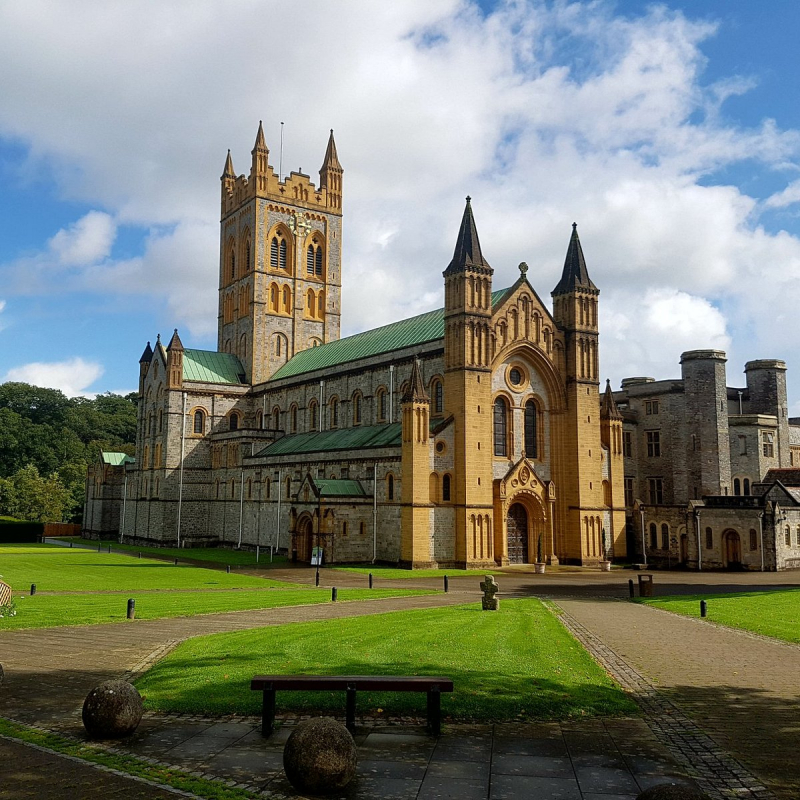
Photo: tripadvisor.com.vn 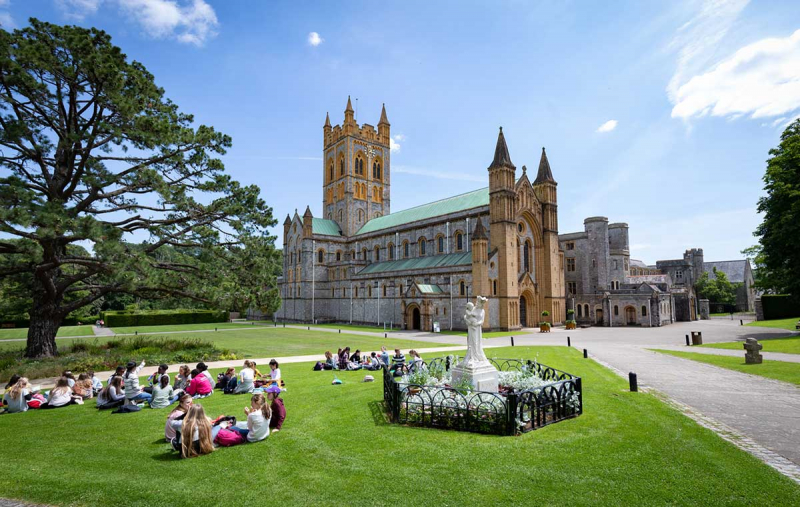
Photo: visitdartmoor.co.uk -
The next position on the list of the most beautiful historical sites in Devon is the Exeter Cathedral. The Cathedral Church of Saint Peter in Exeter, officially known as Exeter Cathedral, is an Anglican cathedral and the residence of the Bishop of Exeter in Exeter, Devon, in South West England. The current structure, which was finished in 1400, boasts a number of noteworthy characteristics, including the longest uninterrupted medieval stone vaulted ceiling in the world, an astronomical clock, and an early set of misericords.
Explore the spectacular stained-glass windows, sculptures, and architecture of Exeter Cathedral. One of the most impressive pieces of medieval English architecture, the West Front Image Screen on the Cathedral's exterior features a number of intricately carved sculptures, the majority of which are Kings of Judah.
The Cathedral's interior stonework is stunning, and you can see the longest continuous stone vaulted ceiling in the world above you. The Minstrels' Gallery, Astronomical Clock, and Bishop's Throne, all of which date from the 13th and 14th centuries, are additional noteworthy attractions. The Cathedral Green is also a well-liked spot for sunbathing.
Location: Exeter, Devon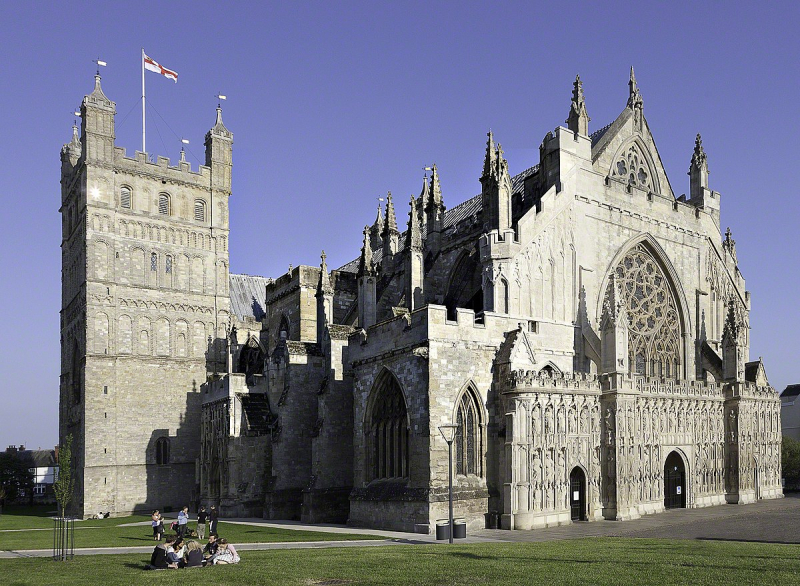
Photo: wikipedia.org 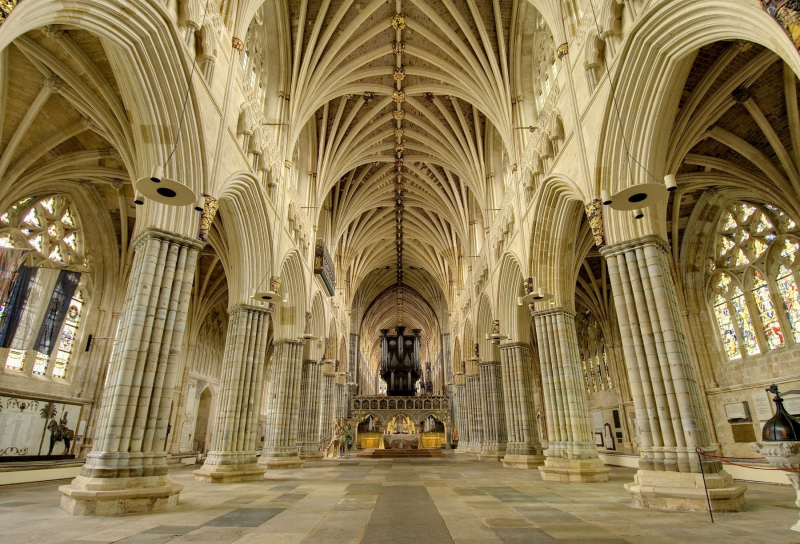
Photo: devonstopattractions.co.uk -
One of the oldest woolen mills in the UK, Coldharbour Mill in Uffculme, Devon, has been producing wool since 1797. The Mill, which was formerly operated by the eminent textile manufacturers Fox Brothers, processed fleece from all over the world into yarn, fabric, and textiles. Today, the rich past is preserved as one of the best working wool museums where visitors can experience the sights and sounds of the industrial revolution as well as see artisans create handmade carpets, gorgeous knitting yarn, and traditional textiles.
The magnificent chimney that towers over the village of Uffculme and the distinct aroma of wool and oil are just a few of the sights and smells that may be experienced during a visit to Coldharbour Mill. The factory floor has remained virtually intact since Victorian times, with line shafts distributing power throughout the facility. Many of the exhibits are interactive.
The tale is told through guided tours by skilled artisans, and the café is situated on the brink of the leat where fish and kingfishers now rule the canal. The factory store offers a variety of products made at the Mill. There are also kid-friendly pathways and dress-up opportunities. For frequent visitors, we offer a membership program with extra privileges.
Location: Uffculme, Devon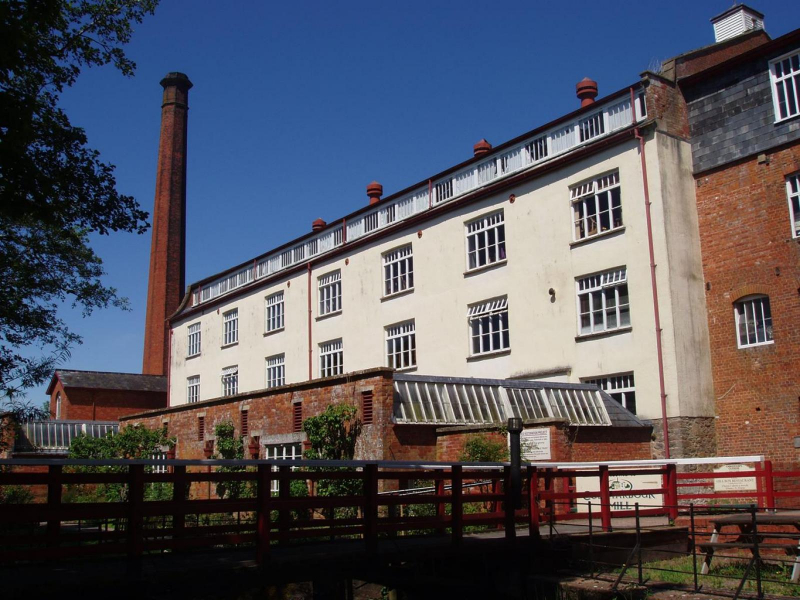
Photo: ratedtrips.com 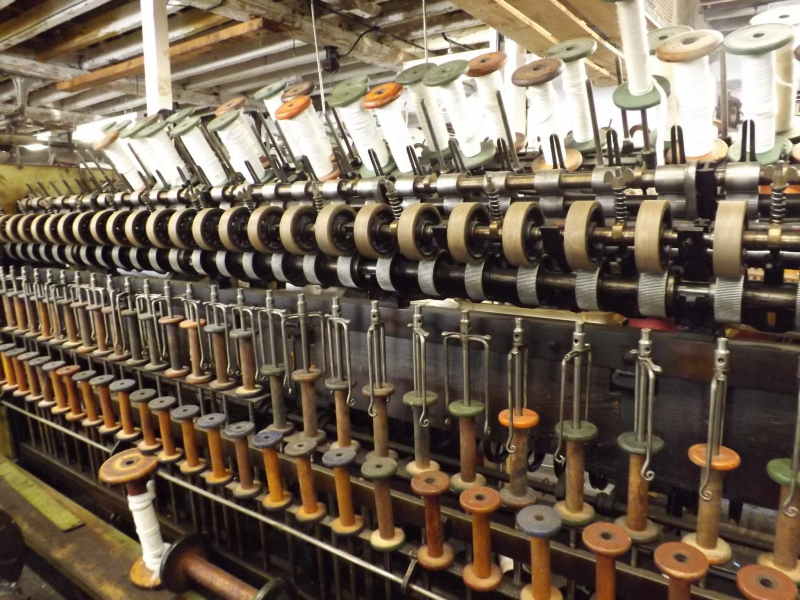
Photo: girlsownstore.co.uk -
Hartland Abbey, which was constructed in the 12th century, was the nation's longest-lasting monastery. The Keeper of Henry VIII's wine cellar received the Abbey as a gift in 1539; they still reside there now. The most historically significant ancestral home in North Devon is likely Hartland Abbey, which houses many items of national interest, including paintings, furniture, Chinese artifacts, and porcelain gathered over many generations, as well as Medieval, Queen Anne, Georgian, Regency, and Victorian architecture and decoration.
Visitors can enjoy the expansive grounds through which to wander and take in the stunning valley descending to the untamed Atlantic cove and cottage at Blackpool Mill, the setting for numerous notable movies, thanks to the stunning 18th-century Walled and Woodland gardens, the walks, and the parkland. In the gardens and on the footpaths, dogs are welcome on leashes.
The Stucley family has lived in Hartland Abbey for many centuries, and it is filled with artifacts and memorabilia. The mansion is open for visitors to roam through at their leisure, or guided tours can be scheduled in advance for groups. With a spectacular mansion and gardens in a lovely location and exclusive access to the seaside, Hartland Abbey is also a distinctive location for weddings and other special occasions.
Location: Hartland, Devon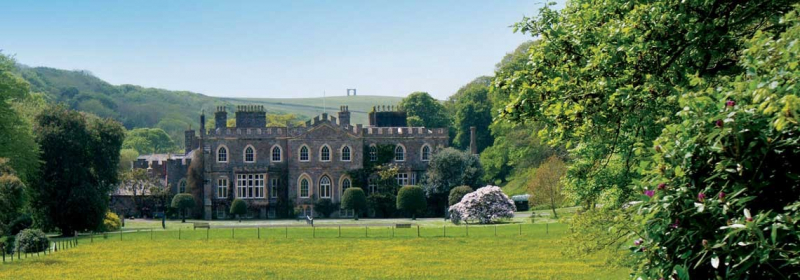
Photo: hartlandabbey.com 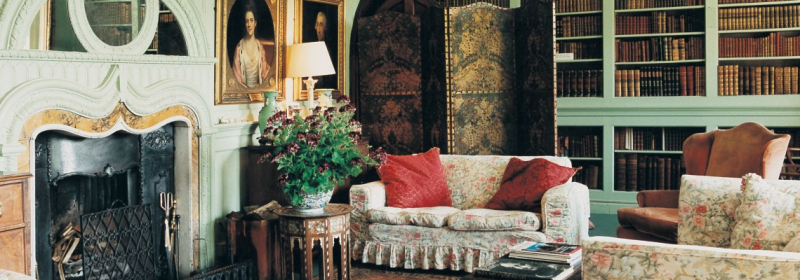
Photo: hartlandabbey.com -
A Tudor mansion graced the site where Humphrey Gilbert (Sir Walter Raleigh's half-brother) was born in the 16th century. Greenway House was first referred to as "Greenway" in 1493. However, the current home was initially constructed in the 18th century and then expanded over the course of the following 150 years. Items that Christie and her family have acquired and transported to Greenway from their childhood home or archaeological expeditions with her second husband Max fill every room in the house.
Today, Greenway House welcomes guests and provides a unique window into Christie's personal life. Her beloved possessions, such as the dominoes and cards she played in front of the fireplace in the Drawing Room and her stunning Steinway piano, are crammed into every room. Her walking sticks and picnic baskets recall hot, leisurely afternoons on the grounds, and the house has an incredible 11,000 objects thanks to her family's love of collecting.
You'll discover a magnificent selection of Stevengraphs, silk bookmarks, or images created by Thomas Stevens, a Coventry silk ribbon producer, together with china, silverware, ceramics, tapestries, and wooden Mauchline-ware. Naturally, there is also a towering stack of books that takes up every available area and surface.
Location: Galmpton, Devon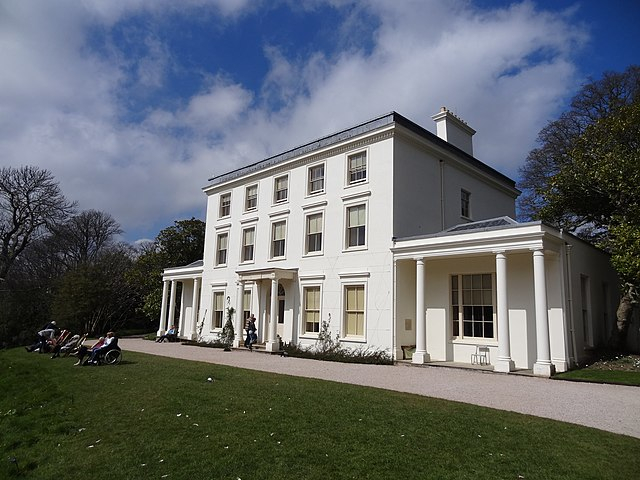
Photo: wikipedia 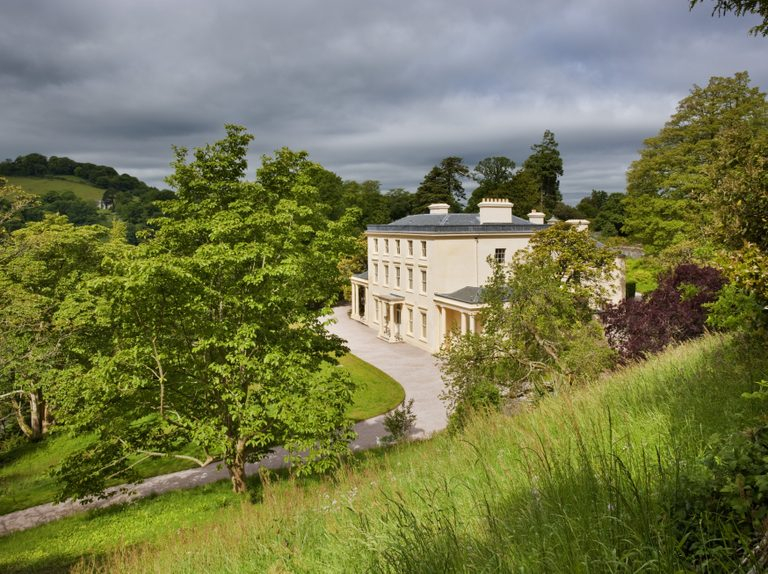
Photo: radiotimes.com -
In the old parish and manor of Powderham, in the former hundred of Exminster, Devon, Powderham Castle is a fortified manor house that is roughly 9.7 kilometers south of Exeter and 0.4 kilometers north-east of Kenton, where the major public access gates are situated. It is a listed structure of Grade I. The National Register of Historic Parks and Gardens lists the park and gardens as Grade II* sites.
On the west bank of the River Exe estuary, where it joins its tributary, the River Kenn, it is located on flat, historically marshy ground. The little town of Lympstone is located on the Exe's other side. The current castle, which began as a building constructed sometime about 1390, underwent substantial expansion and renovation in the 18th and 19th centuries. The Courtenay family, Earls of Devon, continue to reside in the castle.
The Courtenay family, the Earls of Devon, still reside at the castle today. However, it is a well-liked tourist destination due to a constant schedule of open house events, tours, and outdoor activities.
Location: Exminster, Devon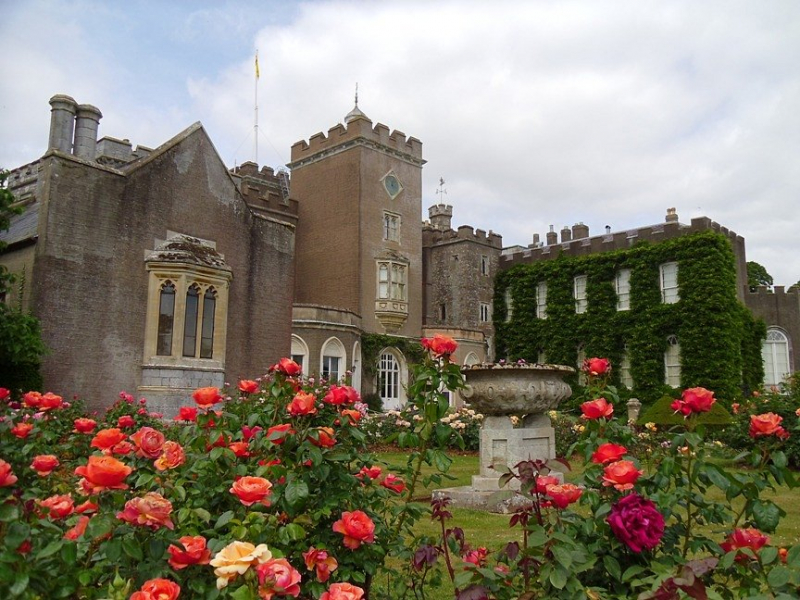
Photo: tripadvisor.com 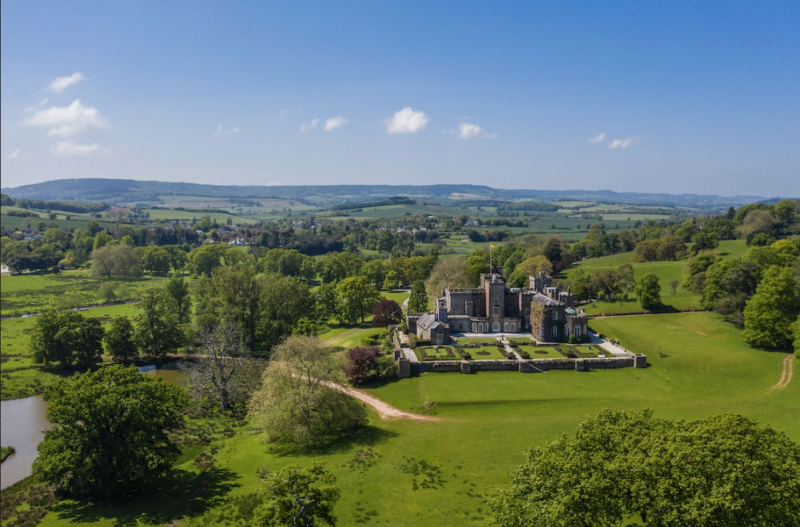
Photo: powderham.co.uk -
The dark, winding Underground Passages, which today run beneath much of Exeter, were constructed in the 14th century to contain the pipes that brought pure drinking water into the medieval city. Following a cholera epidemic that struck the city in the 1800s, it was deemed that the water system required a comprehensive makeover. By 1901, Exeter had weaned itself off the natural well, and the passageways were eventually closed.
They were made to transport potable water from fresh springs outside the fortified city. Lead pipes carried the water into the city's center. Sometimes the pipes leaked, and the only way to fix buried pipes was to dig them up, as we do today. The corridors were vaulted to prevent this disruption. Visitors are led down a few of these arched tunnels.
Only Exeter in the UK has such underground passages, and for those who have the courage to explore the gloomy and cramped underground area, guided excursions are still offered today. A plethora of fascinating information about the history of the tunnels is also available from the contemporary visitor center.
Location: Exeter, Devon
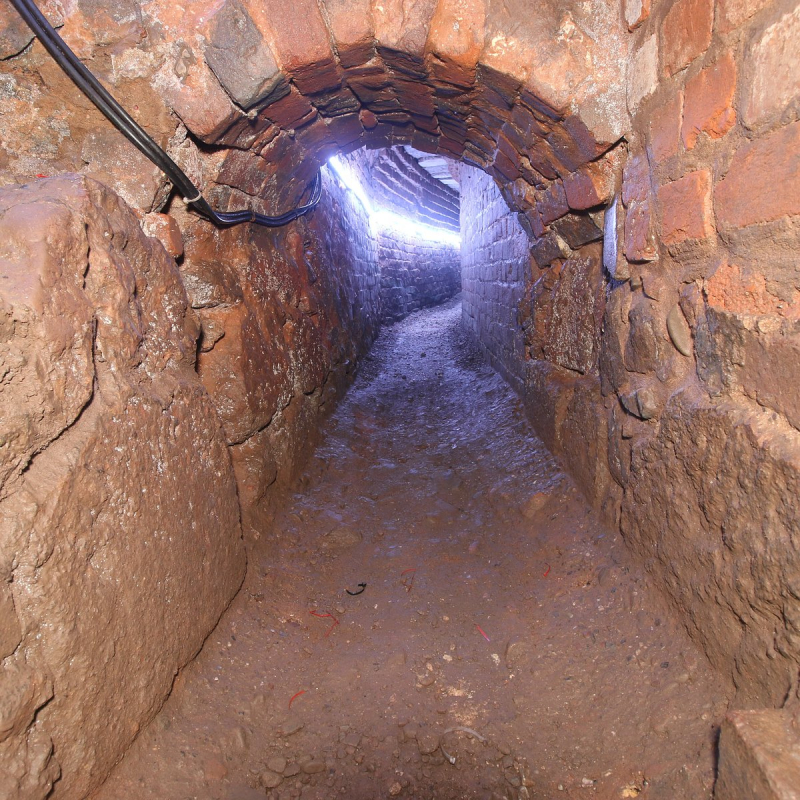
Photo: tripadvisor.com.vn 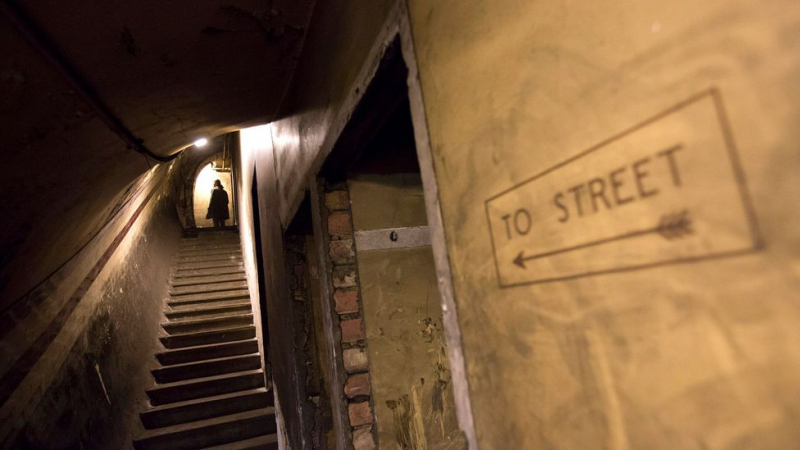
Photo: bbc.com































